
Gearboxes, as essential mechanical transmission devices, are widely used in various industrial fields, playing a crucial role in machinery optimization. This article provides a detailed overview of gearboxes, covering their principles, functions, and applications.
1. Principles and Functions:
Gearboxes operate on the principle of reducing the rotational speed of input motors or engines while increasing the torque output of the output shaft. They achieve this by using internal components such as gears, shafts, and bearings to convert high-speed input into low-speed, high-torque output. The primary functions include:
-
Speed Regulation: Gearboxes adjust the output shaft's speed to match different working conditions and load requirements.
-
Torque Increase: Gearboxes provide additional torque output to allow machinery to withstand heavier loads or perform more heavy-duty tasks.
-
Direction Control: In addition to speed reduction and torque increase, gearboxes can change the rotational direction to suit various applications.
2. Types and Structures:
Gearboxes come in various types and structures, including helical gearboxes, spur gearboxes, and planetary gearboxes. Each type has its unique advantages and suitable applications. For example, helical gearboxes are suitable for high-torque, low-speed applications, while planetary gearboxes have a compact structure and high transmission efficiency, making them ideal for space-constrained environments.
3. Applications:
Gearboxes find widespread applications in various industrial sectors, including but not limited to:
-
Manufacturing: Used in various equipment on production lines, such as conveyors, mixers, and extruders, gearboxes regulate speed and increase torque to achieve efficient production.
-
Construction: Construction equipment such as cranes, concrete mixers, and elevators rely on gearboxes for power and control.
-
Mining: Gearboxes drive mining equipment such as conveyors, crushers, and mills, providing sufficient power and torque.
-
Agriculture: Agricultural machinery such as harvesters, seeders, and irrigation equipment also utilize gearboxes for efficient operation.
4. Technological Innovation and Trends:
With the continuous development of technology, the gearbox field is also innovating and progressing. The application of new materials, new processes, as well as the introduction of intelligent and digital technologies, has further improved the performance and precision of gearboxes. In the future, with the advancement of industrial automation and smart manufacturing, gearboxes will become more intelligent and efficient, providing more reliable and advanced power support for various industries.
5. Conclusion:
In conclusion, gearboxes play a crucial role in enhancing production efficiency across various industrial sectors by providing benefits such as speed regulation, torque increase, and direction control. Through optimizing machinery performance and reducing energy consumption, gearboxes contribute to higher productivity, lower operating costs, and greater competitiveness for manufacturers worldwide. As industries continue to evolve and demand for efficient production solutions grows, the importance of gearboxes in driving operational excellence and sustainable growth will only continue to rise.
 English
English Deutsch
Deutsch Русский
Русский Español
Español
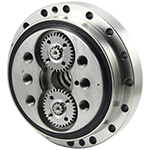
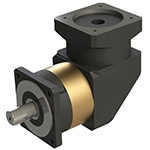
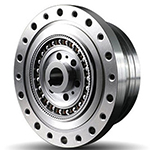
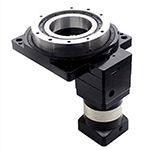
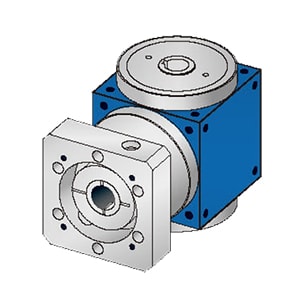
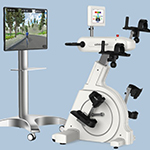
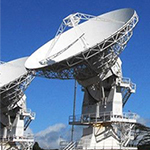
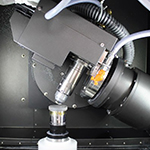
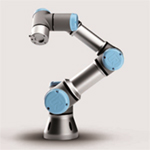
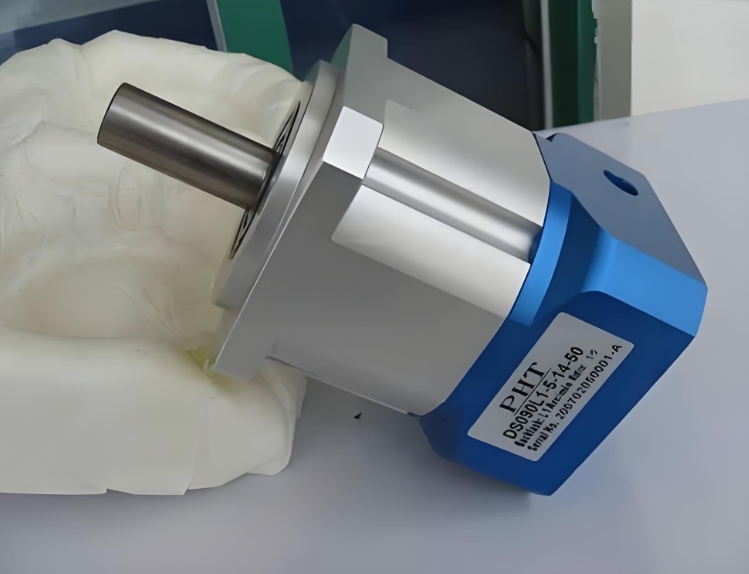
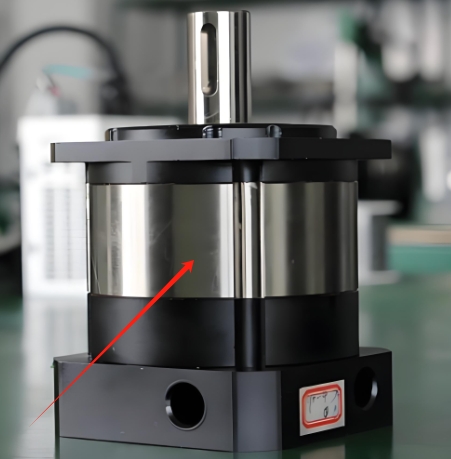
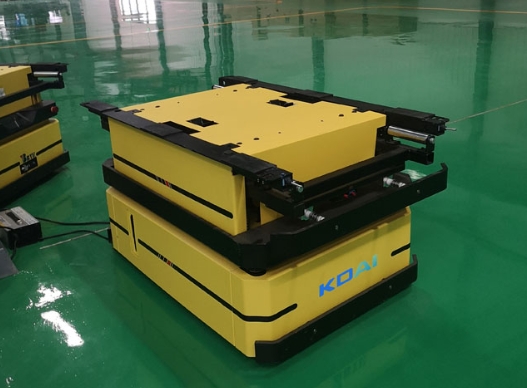
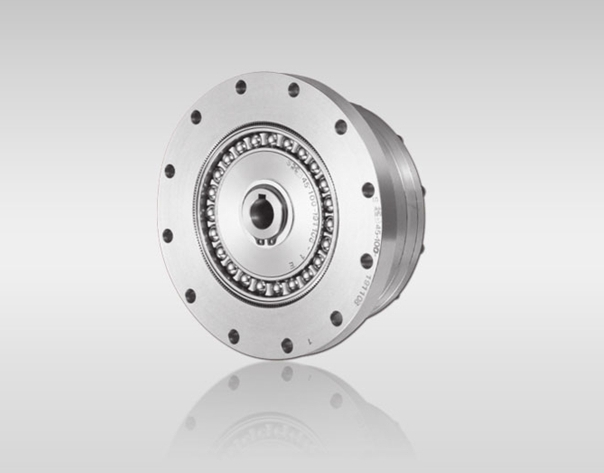
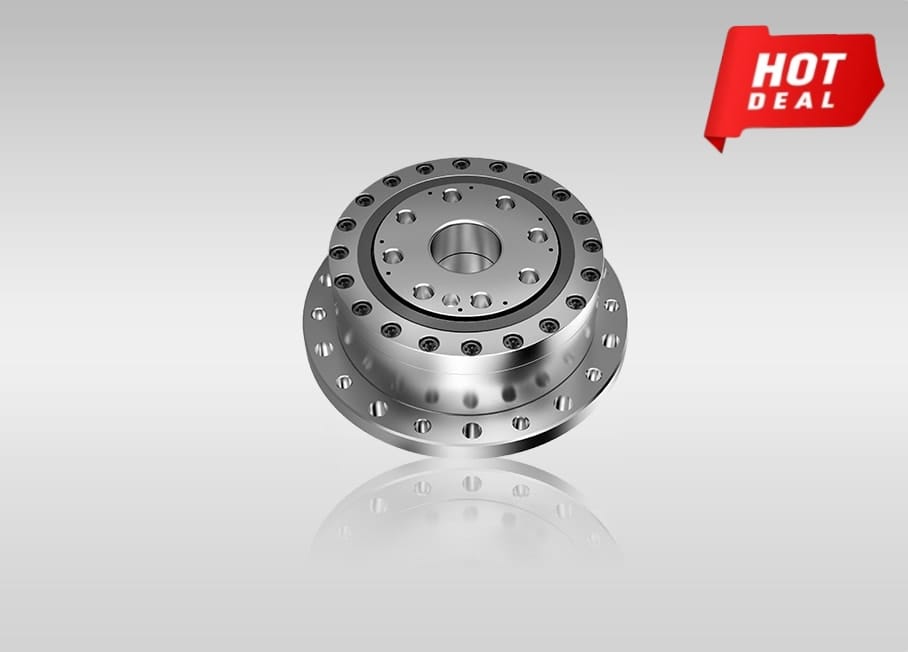
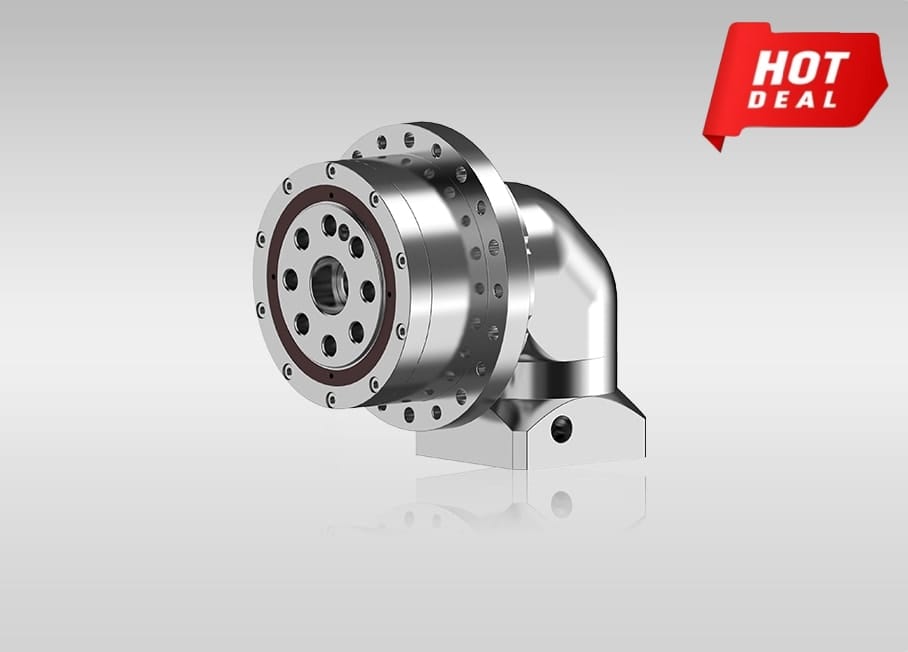
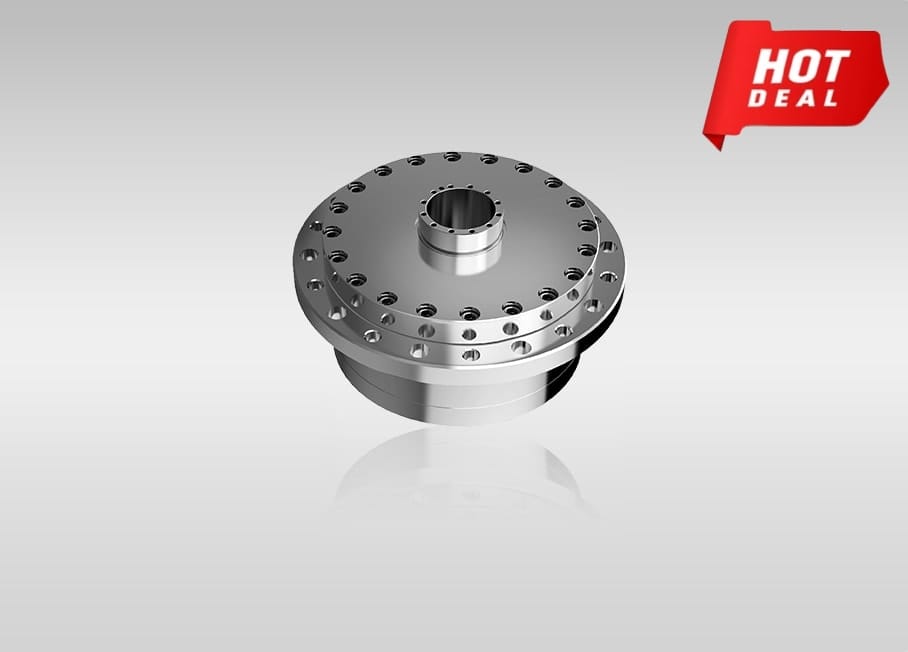
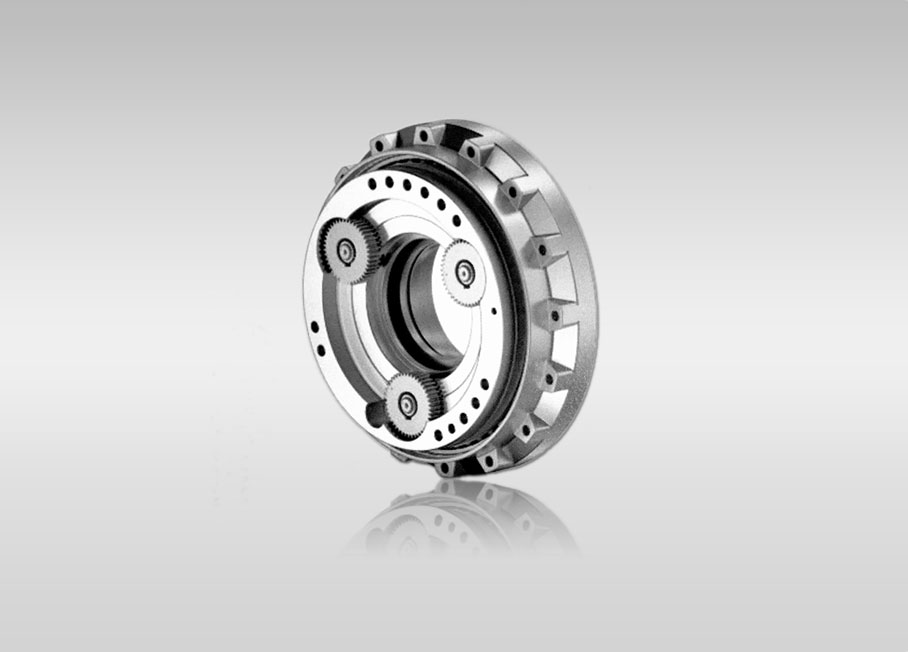
Quote Now